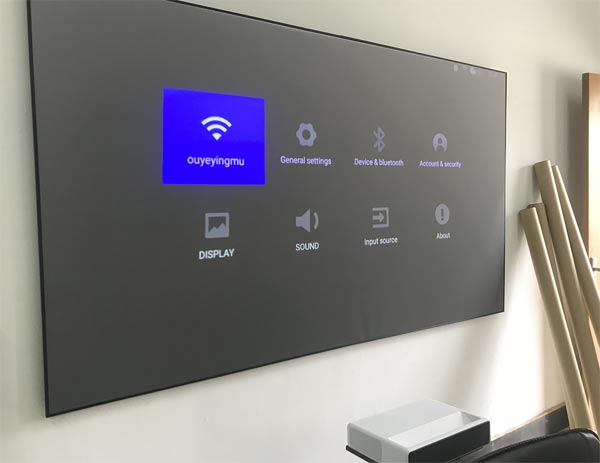TVs are great and all, but if you want really epic entertainment, you need a projector. One-hundred-plus inches of high-definition awesomeness.
Projectors, though, are a two-piece system. There’s the projector that gets all the attention, and the lowly screen that actually lets you see an image.
There are many choices when it comes to screens. Here’s what you need to know.
Size
This is the important bit, obviously. Every projector creates a limited amount of light. As you increase the image size, you decrease the overall brightness. Most modern projectors can easily create a bright 100-inch image (pocket/pico projectors notwithstanding).
Here’s a handy article I wrote on calculating brightness from the measurements in reviews.

Before you get caught up in lumen/footlambert/screen-inch minutia, consider your room. Presuming the average 8-foot ceiling, screen height is going to be the limiting factor. You don’t want the bottom of the screen too close to the floor, as if you put your feet up (on an ottoman, etc.), they might interfere with your view. Also, where is the center channel speaker going to go? These are addressable issues, both necessary to consider before you get too set on an arbitrary screen-diagonal desire.
For most people, their room is far wider than it is tall (at least, I’d hope so), so if epic moving watching is your goal, consider a wider aspect ratio.


